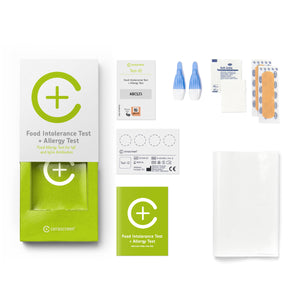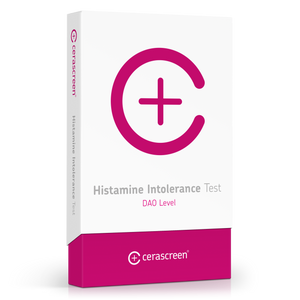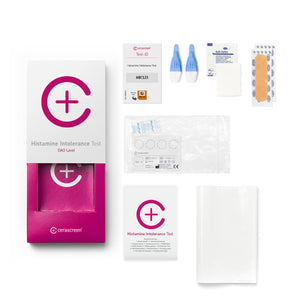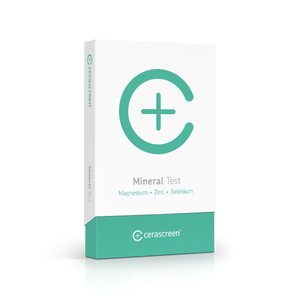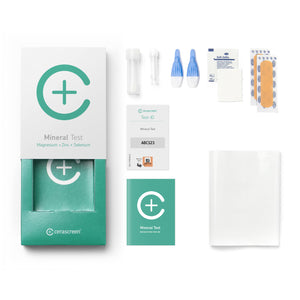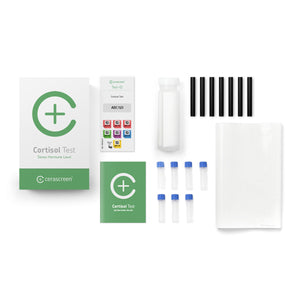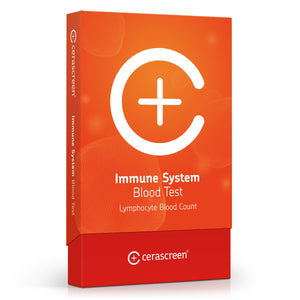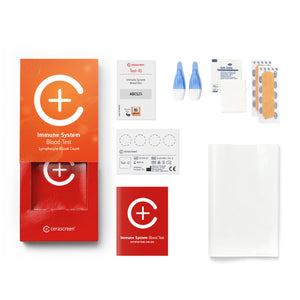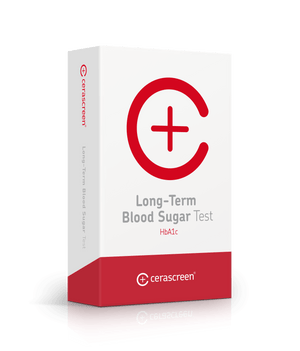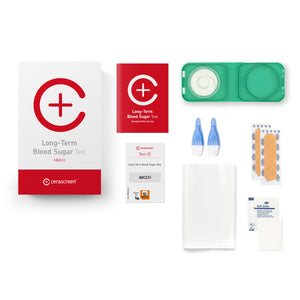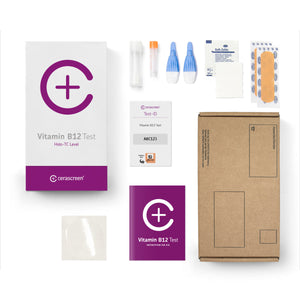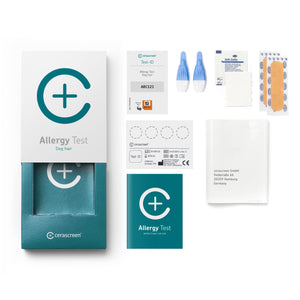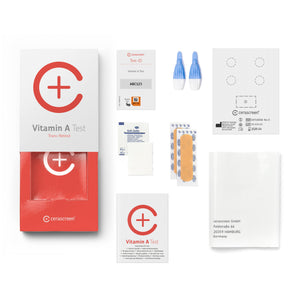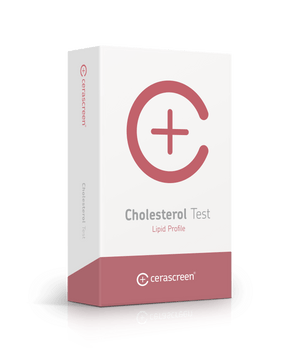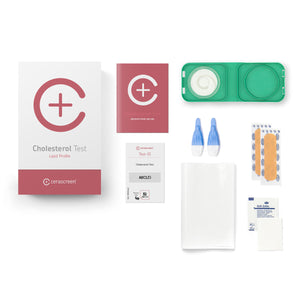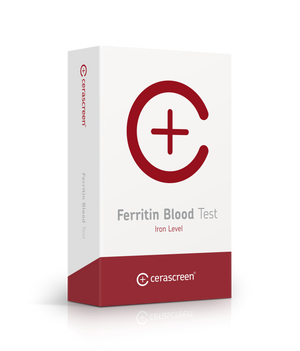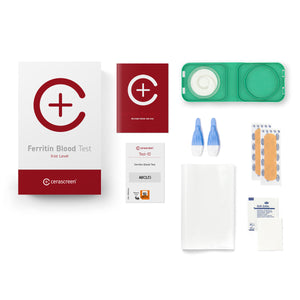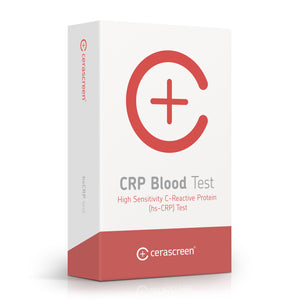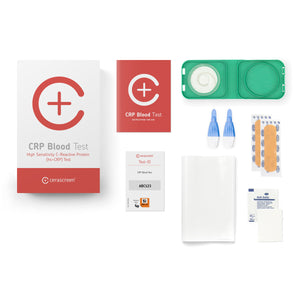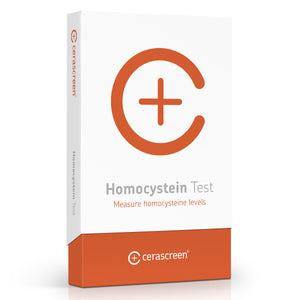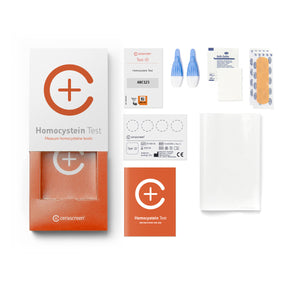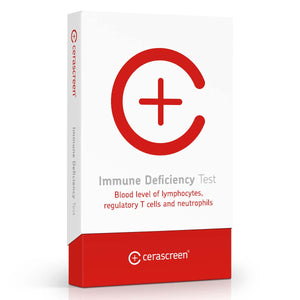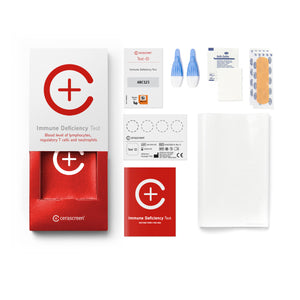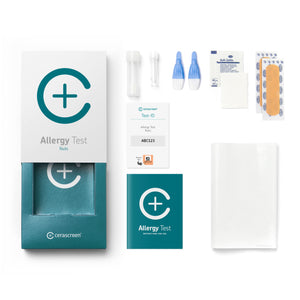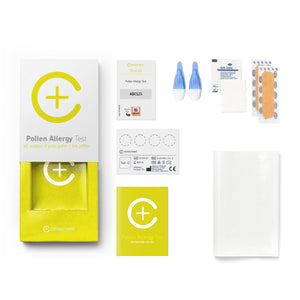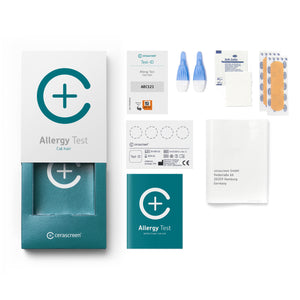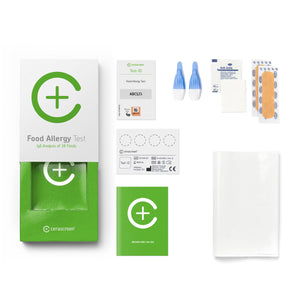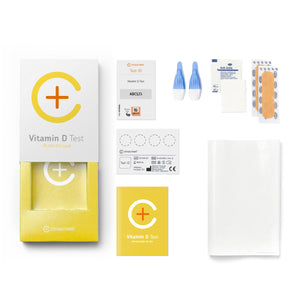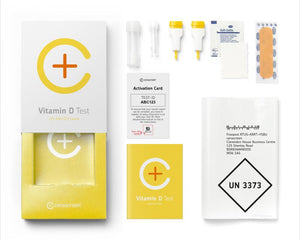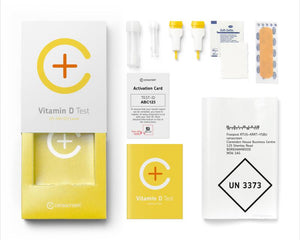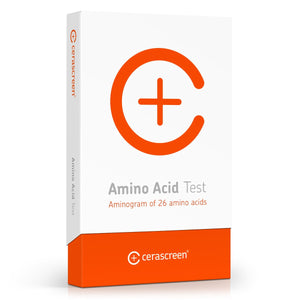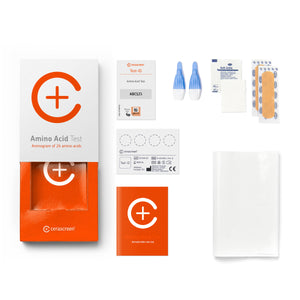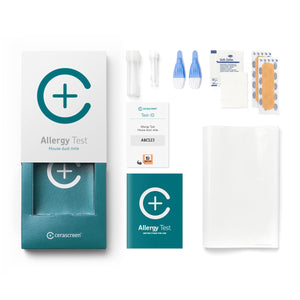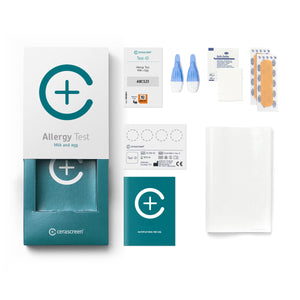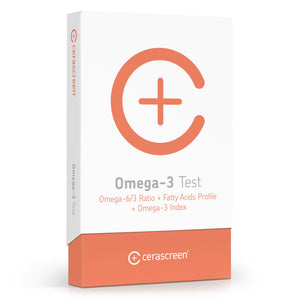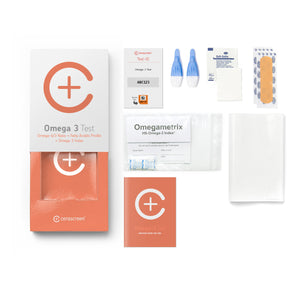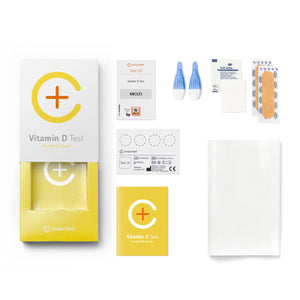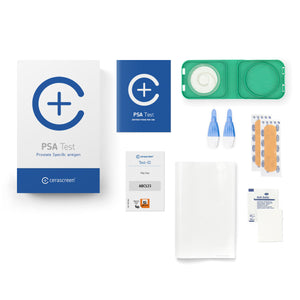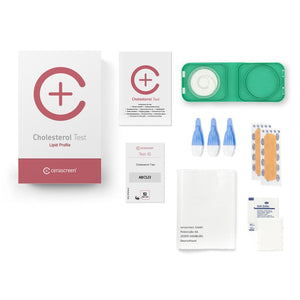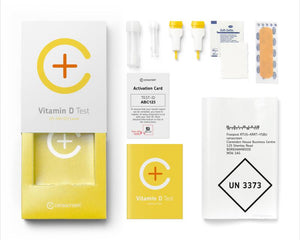At Home Blood Test Kits
Choose categoryselftests
health-coaching
all
/blogs/health-portal
/pages/about-us
Our blood testing kits: where to start
Using a blood testing kit, you can understand what is really going on inside your body - simpley with a simple finger-prick home blood test you can take within the convenience of your home. With the cerascreen® at home blood testing kits, you send in your blood sample, for which you will receive a personalised results report directly to your phone or per e-mail that based on the sample analysis findings.
The cerascreen® at home blood testing kits cover two different methods of blood sample taking: liquid blood tests and dry blood spot card kits, which our medical partner laboratories use to analyse certain biomarkers.
Why is blood testing important?
People have always read a lot into the importance of our blood. In Europe, people used to talk about recognising the status of nobles through blue blood. According to a widespread superstition in Japan, your blood group tells you something about your personality. Of course, all of this is of dubious significance. However, it is true that your blood tells you a lot about yourself – namely, about your health.
Other than checking your body's defense with the immune system test, our at home blood testing kits also allow you to test for a vitamin deficiency, check if your mineral levels are within a healthy range, or learn about potential allergies and/or intolerances. Performing home blood tests allows you to take your health into your own hands and take concrete measures to boost your overall health.
What are the advantages of an at-home blood test kit?
Medical laboratories can extract all kinds of information from a blood sample – for example, your zinc, selenium and magnesium levels; your iron and omega fatty acid levels; cholesterol levels and long-term blood sugar levels.
Our blood also contains the most significant biomarkers for certain vitamins. The blood value 25-OH-vitamin D (vitamin D3), for example, indicates your vitamin D levels. You can have your levels determined with the cerascreen® Vitamin D Test. The holotranscobalamin in your blood is the parameter used to measure your vitamin B12 levels and can indicate whether you have a vitamin B12 deficiency.
Some of our home blood test kits, such as our Pollen Allergy Test come with a dry blood spot card instead of a blood sample tube; these tests are especially easy to perform. This type of home blood test kit requires far less blood, and the sample can be transported more easily.
Can a home blood test detect allergies?
The at home blood testing kit can be used to detect all kinds of food allergies or intolerances. If you have an allergy, there will be an elevated number of IgE antibodies in your blood. Your immune system produces these antibodies to fight off harmless substances – that is, substances you are allergic to.
Doctors also talk about sensitivity to certain substances – and that is exactly what they can detect in the blood by measuring the concentration of certain IgE antibodies. An allergy only exists if sensitivity is present and allergy symptoms occur. While the cerascreen® home allergy tests provide an important first indication of potential allergies and intolerances, only doctors can make a concrete diagnosis.
These days, we generally have more and more concerns about which foods we are sensitive to – that is, foods we may find trigger discomfort, bloating, flatulence or headaches. If you suspect a food intolerance, take one our cerascreen® Food Intolerance and Food Allergy Tests to give you an initial indication of how you react to certain foods. These tests work by measuring IgE and IgG4 values in a blood sample that you have mailed in. Without these insights, it is not recommended that you cut out vital sources of nutrients from your diet!
Aside from food allergies, our blood testing kits can additionally provide evidence of possible allergies to animal hair, house dust and latex – as well as intolerances to histamine and gluten. Our specialist laboratories, however, use different testings methods to carry out some of these allergy screenings.
How do at-home blood test kits work?
For both sample collection methods, you take a small blood sample from your fingertip using one of the two lancets provided in the test kit. For the liquid blood test, you collect a few drops of blood in a collection tube, and for the dry blood spot test, you simply collect some drops of blood on a dry blood spot card.
In both cases, the sample needs to be sent to the medical partner lab by using the free return envelope enclosed in the at home blood testing kit. After your sample has been analysed, you will receive a detailed results report with your personal results as well as individual recommendations for action and additional health information.







